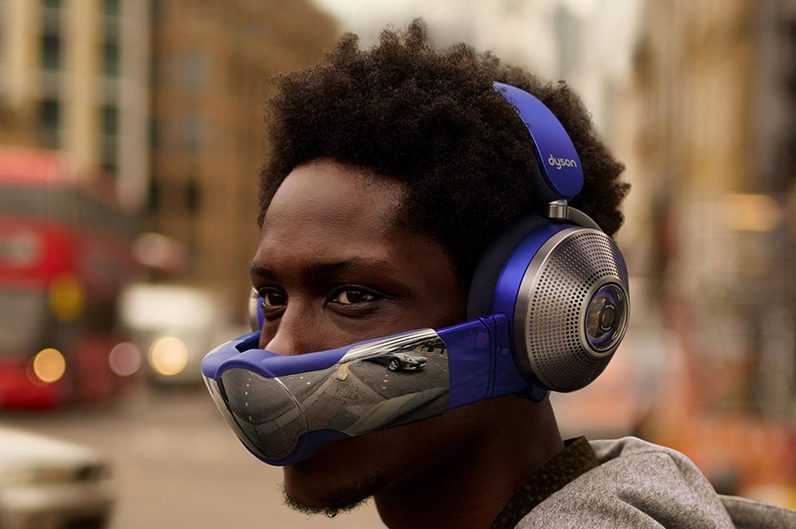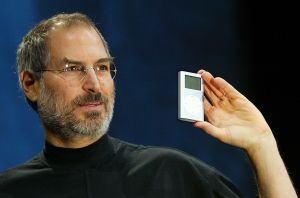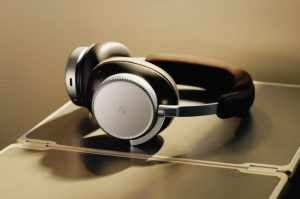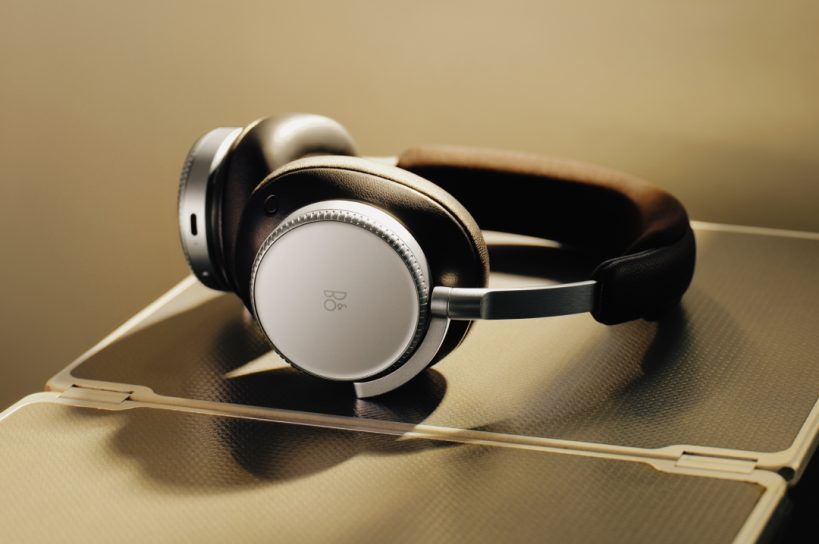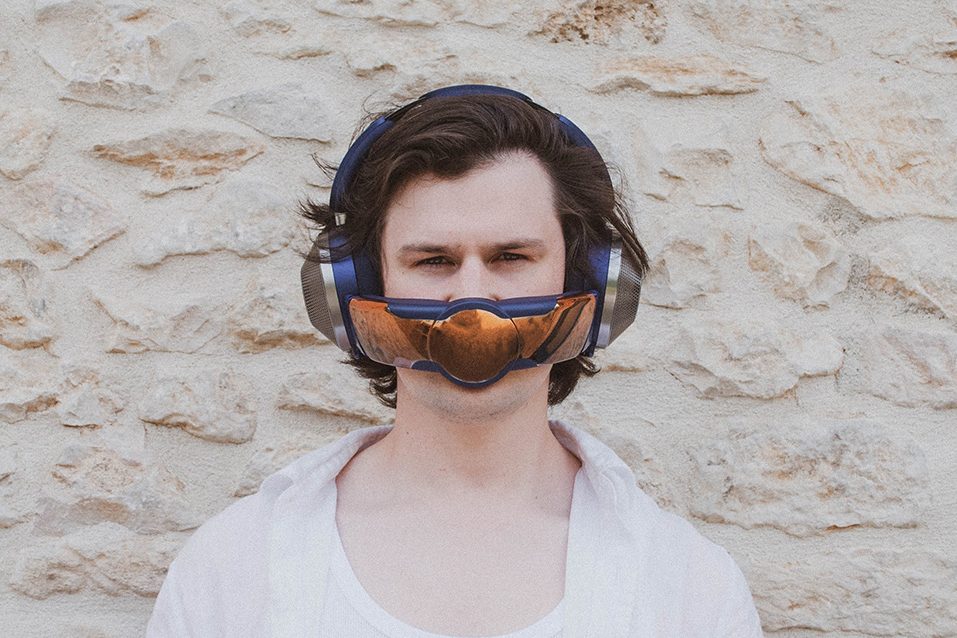As Canadian smoke filled the New York air, turning the usual gray metropolis into a putrid Dune pastiche, the strangest device of the year found its moment. Potential headphone buyers, once skeptical of Dyson’s $999 air-purifying headphone/mouthguard blend, the Zone, flocked to Dyson’s website, purchasing perhaps tens of units. Now, they wander the streets with sick tunes and clean lungs.
Maybe. The fires certainly filled my Twitter feed with jokes about it, but you wonder how well that converts to sales.
A quick refresher on these strange headphones: last March, the world’s leader in premium home appliances announced they would be entering the highly competitive Bluetooth headphone space with their new product, the Zone. Its unique selling point? Air filtration. Contained within each of its large earcups is a powerful fan and set of removable, highly efficient filters, which work to clear out a reported 99 percent of allergens, and pump cooled, clean air to your mouth and nose through a magnetically attachable visor. Dyson spent six years, 500 prototypes, and 2,000 tests to reach this point, with the Zone now available for sale.
Unfortunately for Dyson’s tired engineers, it has received a sniggering reception. Those of us with an avant-garde style would say the Zone has a luxurious cyberpunk look. The less generous majority would say they just look daft. Setting that aside, they don’t surpass the filtration of a fresh N95 mask; using the visor crashes battery life down to a poor one-and-a-half to four hours; the whir of the filtration fans is still audible over your music; you have to replace the filters roughly once a year, for $20 a pop (though they do include a second pair in the box); and — to reduce weight and avoid the mask from pulling your head forward — the visor is made entirely from a light, slightly creaky plastic. It feels more befitting a children’s toy than a luxury product.
Despite the (understandable) focus on the filtration function, Dyson doesn’t sell the Zone as a piece of mask-tech — an extortionate niche that proliferated during Covid. (What, you aren’t sold on a $100 RGB mask by a gaming company?) Rather, they sell the Zone as a pair of high-end Bluetooth headphones, with a “main focus” on “pure” audio, that happens to come with an additional, useful feature for occasions that warrant it. And as a pair of headphones, the Zone is superb.
Counter-intuitively, making headphones that can filter air has some great benefits for ordinary headphone functions. The large batteries needed to drive the motors lead to excellent battery life; the extra cushioning needed to support and balance the added weight means they are very comfortable; and the mechanical overengineering makes the headphones feel immensely solid and premium.
Mask detached, these are the best looking, most luxurious headphones on the market, making Apple’s AirPod Max look flimsy and boring by comparison. The plush purple padding, cold metal hardware, copper accents within, and oversized perforated circle earcups give them a fantastic retro-futuristic look — like a 1940s dream of luxury headphones in a utopian future. This attention to detail and build-quality extends to the accessories too, with long, braided cable, two soft microfiber pouches and a lined carrying case that feels closer to a handbag than a tech accessory.
Though switching between transparency mode and noise canceling is controlled by (unnecessarily hard) taps, all the other audio controls are handled by a small metal joystick on the right cup. Press for play and pause; up and down for volume; left and right for new tracks; holding either direction to scroll; hold down for voice assistant. It’s such an easy, satisfying control system that every headphone company should abandon the touch gestures and embrace this.
Most importantly, they sound fantastic. The large neodymian 40mm, 16 ohm drivers deliver a precise, clear, punchy sound, with a large dynamic soundstage, crisp, clear highs, and a deep, crunchy base. Dyson markets heavily on the low-distortion and authentic reproduction of the original music, and though this is a far more dynamic sound than the flat EQ you’d use for monitoring, it’s a really fun sound, and paired with their top-tier noise canceling, allows you to sink into your music.
Oddly, it’s not the price, hardware or mask that holds the Zone back, but Dyson’s software. You can’t customize the EQ settings beyond their presets, it uses the slightly outdated Bluetooth 5.0 standard and can’t support higher-fidelity Bluetooth codecs, like AptX. Are those deal breakers? No — particularly given how much I enjoy the sound — but the lack of multipoint connectivity is outrageous. The ability to simultaneously connect to your phone and laptop is standard on many far, far cheaper headphones and earbuds, so having to disconnect and reconnect Bluetooth sources manually — on $999 headphones that monitor ambient sound levels and air quality — feels utterly out of place.
Are they worth $999? For the right person, yes. The Zone is the first tech product I’ve seen that has the attention to detail and build quality of designer fashion, and if that appeals to you, give these a try. Its closest competitor is the $799 Px8 from Bowers and Willkins, but the Zone are more premium, have nicer accessories and sound better. Plus, if you’re a frequent flyer, the $200 extra for the Zone’s air filtering may be worth it to you.
If you can stomach the look, that is.



